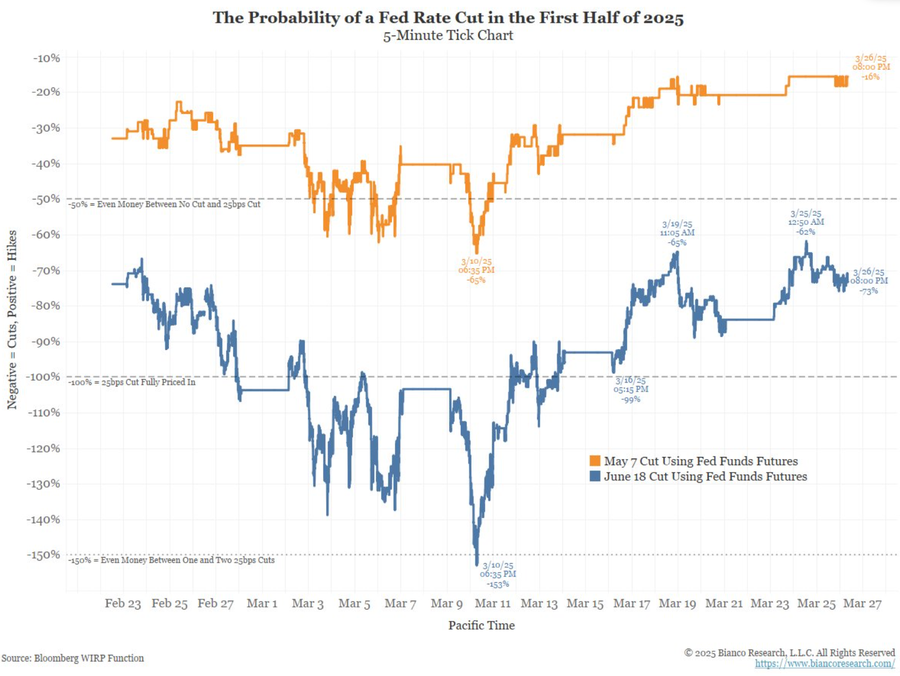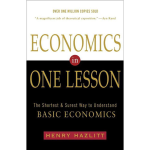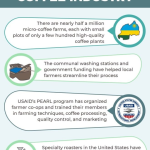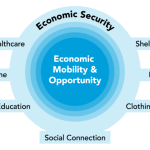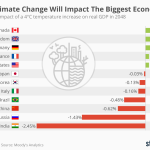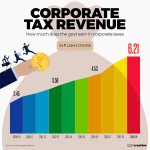The recent Fed rate cut has sent ripples of optimism through various sectors of the economy, marking the first reduction in four years. By lowering the benchmark interest rates, the Federal Reserve aims to stimulate economic growth and provide relief to consumers facing high borrowing costs. With mortgage rates expected to drift lower in response, homebuyers may find better housing affordability, while individuals with credit card debt could benefit from decreased interest rates. Fed Chairman Jerome Powell emphasized the Fed’s commitment to monitoring inflation and adjusting policies to ensure a stable economy. As these rate cuts take effect, consumers eagerly anticipate the potential benefits, although the timing and extent of those advantages remain uncertain.
In the wake of recent monetary policy adjustments, the monetary authority has initiated a decrease in its key interest rate, which brings forth potential advantages for both individuals and businesses. This strategic decision is designed to alleviate consumer burdens by enhancing borrowing conditions and fostering an environment conducive to economic development. As financial markets respond, mortgage rates may experience a decline, thereby improving the affordability of housing for prospective buyers. Furthermore, reduced costs of loans could support overall consumer spending, which is pivotal for the health of the economy. As stakeholders navigate this shifting landscape, it is essential to assess the broader implications of these fiscal measures on the marketplace.
Understanding the Latest Fed Rate Cut and Its Implications
The Federal Reserve’s recent decision to cut interest rates by half a percentage point marks its first reduction in four years, a significant move aimed at stimulating economic activity. According to economist Jason Furman, this bold action is expected to influence various financial elements, including consumer debt, mortgage rates, and overall market confidence. The primary goal of these cuts is to ease the financial burden on consumers while fostering conditions that promote economic growth and recovery after a prolonged period of high-interest rates. As the Fed works to recalibrate its policies, it stands ready to adjust further based on the realities of the labor market and inflation trends.
Furthermore, the Fed’s commitment to additional rate cuts signifies a proactive approach to managing economic risks. By indicating a willingness to reduce rates more, the Fed aims to reassure markets and consumers alike that it will act decisively amid deteriorating economic conditions. This transparent communication encourages market participants to adapt their strategies, anticipating upcoming policy shifts that will directly impact borrowing costs and consumer spending. The broader implication of the Fed’s actions is a potential boost in housing affordability, as reduced mortgage rates align with the central bank’s goal of stimulating economic growth.
Impact of Fed Rate Cut on Mortgage Rates and Housing Affordability
With the Federal Reserve cutting interest rates, mortgage rates are projected to decline further. This is crucial for homebuyers who have faced heightened housing costs in recent years. As Furman noted, while recent trends suggest that mortgage rates are already easing, the continued actions from the Fed are likely to reinforce this downward trajectory. A decrease in mortgage rates not only makes buying homes more feasible but could also reignite interest in real estate investment, which in turn could bolster economic growth through increased consumer spending in the housing market.
However, while the rate cuts signal a positive change, the actual relief for consumers and potential homebuyers may take time. Mortgage rates remain relatively high compared to historical standards, and although the Fed’s cut is expected to provide some relief, many homeowners may still find affordability a challenge in the near term. The interaction between consumer demand, housing supply, and the overall economic climate will largely dictate the effectiveness of these rate cuts in achieving lasting improvement in housing affordability, particularly as other economic pressures continue to affect consumer behavior and spending.
The Effect of Interest Rates on Consumer Debt and Financial Relief
The implications of the Fed’s decision to cut interest rates resonate across various consumer debt categories, including credit cards and auto loans. While borrowers can anticipate a reduction in their interest payments, experts caution that significant relief might not manifest immediately. Consumers have already begun to feel the strain of high-interest debt as they take longer to clear credit card balances. The promise of lower rates can only partially alleviate these challenges, especially as these rates lag behind the Fed’s adjustments. Therefore, while interest rates will likely drop, the timeline for widespread consumer relief remains uncertain.
Moreover, the current high-interest environment presents its own set of challenges for borrowers. Many consumers find themselves burdened with debt at elevated rates inherited from previous periods of higher interest rates. Though the Fed’s actions promise a gradual easing of these financial pressures, uncertainty surrounds how effectively these changes will filter down to consumer rates. The anticipation of falling rates must also contend with factors like lender risk assessments and broader economic indicators, which can further complicate the financial landscape for consumers hoping for immediate relief.
Anticipating Future Economic Growth and Monetary Policy Adjustments
The Fed’s anticipatory stance towards more rate cuts raises important questions about the future trajectory of American economic growth. While policymakers remain optimistic about the current strength of the economy, a cautious approach is essential in navigating potential recessions or inflation spikes. A balance must be struck between stimulating growth and maintaining control over inflation. Cutting rates too aggressively could lead to unintended consequences such as overheating the economy, while being too conservative might hinder opportunities for job creation and sustainable economic expansion.
This delicate balancing act underscores the importance of the Fed’s communication strategy and the market’s expectations. Should economic indicators suggest a downturn, the central bank is poised to implement further cuts, enhancing job growth and providing a boost to consumer spending. The potential catalytic effect of monetary policy on economic health can lead to increased confidence among investors and businesses, ultimately fostering a more resilient economic environment, especially as the nation navigates the complexities of post-pandemic recovery.
Navigating the Economic Landscape Amid Uncertain Times
As the economy continues to evolve following the recent Fed rate cut, both consumers and businesses must remain vigilant in navigating the uncertain landscape. Changes in interest rates not only affect borrowing costs but also signal broader economic conditions that can impact job growth and financial stability planning. Consumers may find themselves adapting to new financial realities, particularly in balancing debt management with the prospects of economic expansion.
On the business side, lower interest rates can create new opportunities for investment and expansion, enabling companies to hire more workers and contribute to economic growth. However, this optimism must be tempered with caution, as unforeseen events—such as inflation fluctuations or shifts in consumer demand—may require rapid adjustments in strategy. Both consumers and businesses need to stay informed and proactive in their financial decision-making to maximize the opportunities presented by the changing economic conditions ushered in by the Fed’s policy adjustments.
The Long-Term Effects of Monetary Policy on Economic Stability
The long-term impacts of the Federal Reserve’s monetary policy decisions stretch beyond immediate consumer benefits. As interest rates fluctuate, they affect not only individual financial circumstances but also broader economic fundamentals. The Fed’s commitment to adjusting rates in response to labor market conditions and inflation signals a strategic approach aimed at maintaining economic stability over time. While short-term cuts may offer relief to consumers today, the ultimate goal is to foster a balanced economic environment where sustained growth is possible.
Ensuring that the effects of these monetary policies translate into tangible benefits for everyday consumers and businesses will require careful monitoring and potential recalibration of strategies. For instance, if inflation rises unexpectedly, the Fed may need to adjust its approach, impacting everything from job creation to interest rates on loans. This dynamic interplay emphasizes the need for economic participants to remain agile and well-informed, leveraging opportunities created by favorable monetary conditions while preparing for potential shifts influenced by changing economic landscapes.
Consumer Strategies for Managing Debt in a Low-Rate Environment
With the prospect of falling interest rates as the Federal Reserve adjusts its monetary policy, consumers are encouraged to rethink their debt management strategies. This low-rate environment opens doors for refinancing existing debts, particularly mortgages and student loans, which could lead to substantial savings in interest payments over time. For individuals with high credit card balances, the time to evaluate lower-interest consolidation options is now, aiming to alleviate the burden of debt accumulated during a period of high rates.
Moreover, planning for potential future rate adjustments can empower consumers to make informed financial decisions. Engaging with financial advisors, utilizing budgeting tools, and keeping abreast of the Fed’s actions can help individuals prepare for the impacts of monetary policy on their financial health. Whether it’s taking advantage of lower rates for new loans or being strategic about paying down existing high-rate debts, consumers can leverage the Fed’s policies to enhance their financial stability moving forward.
Frequently Asked Questions
What is the impact of the recent Fed rate cut on mortgage rates?
The recent Fed rate cut is likely to lead to lower mortgage rates as the market responds to the easing of monetary policy. As the Federal Reserve continues to cut rates, lending costs decrease, which can enhance housing affordability for buyers.
How does a Fed rate cut affect consumer debt relief?
A Fed rate cut can provide some relief for consumers with debt, such as credit cards and loans. While interest rates may decrease, the exact timing and extent depend on various factors, including market expectations and individual lender policies.
What does the Fed rate cut mean for economic growth?
The Fed rate cut aims to stimulate economic growth by lowering borrowing costs. This action encourages consumer spending and business investments, potentially leading to increased job creation and overall economic expansion.
Will the Fed rate cut help with the housing affordability crisis?
Yes, the Fed rate cut can alleviate some challenges in the housing affordability crisis by lowering mortgage rates, making home financing more accessible. However, the effectiveness will also depend on other market dynamics and housing supply.
How likely is it that the Fed will implement more rate cuts in the future?
Analysts expect the Fed to consider additional rate cuts depending on labor market performance and inflation reports. Continuous monitoring of economic indicators will guide the Fed’s decisions on future cuts.
| Aspect | Details |
|---|---|
| Fed Rate Cut | The Federal Reserve lowered interest rates by 0.5%, the first cut in four years. |
| Benefits to Consumers | Credit card users, car loan holders, and home buyers will benefit from lower borrowing costs. |
| Impact on Housing | Mortgage rates are expected to decrease further, improving housing affordability. |
| Future Rate Cuts | Two more cuts of 0.25% each are likely by the end of the year, depending on economic data. |
| Economy and Job Creation | Expected to lead to slight job creation and economic growth in the upcoming 6-12 months. |
| Consumer Debt | Consumers may take time to see relief as rates won’t drop significantly in the short term. |
Summary
The Fed rate cut is a significant development in the economy, specifically aimed at reducing borrowing costs. It is designed to benefit consumers and stimulate economic growth in light of ongoing inflationary pressures. While there are immediate implications for those with existing debts, such as mortgages and credit cards, the full impact on the housing market and broader economic landscape will take time to materialize. Despite potential benefits, it is crucial for consumers to be aware that interest rates may not return to pre-pandemic lows anytime soon.
